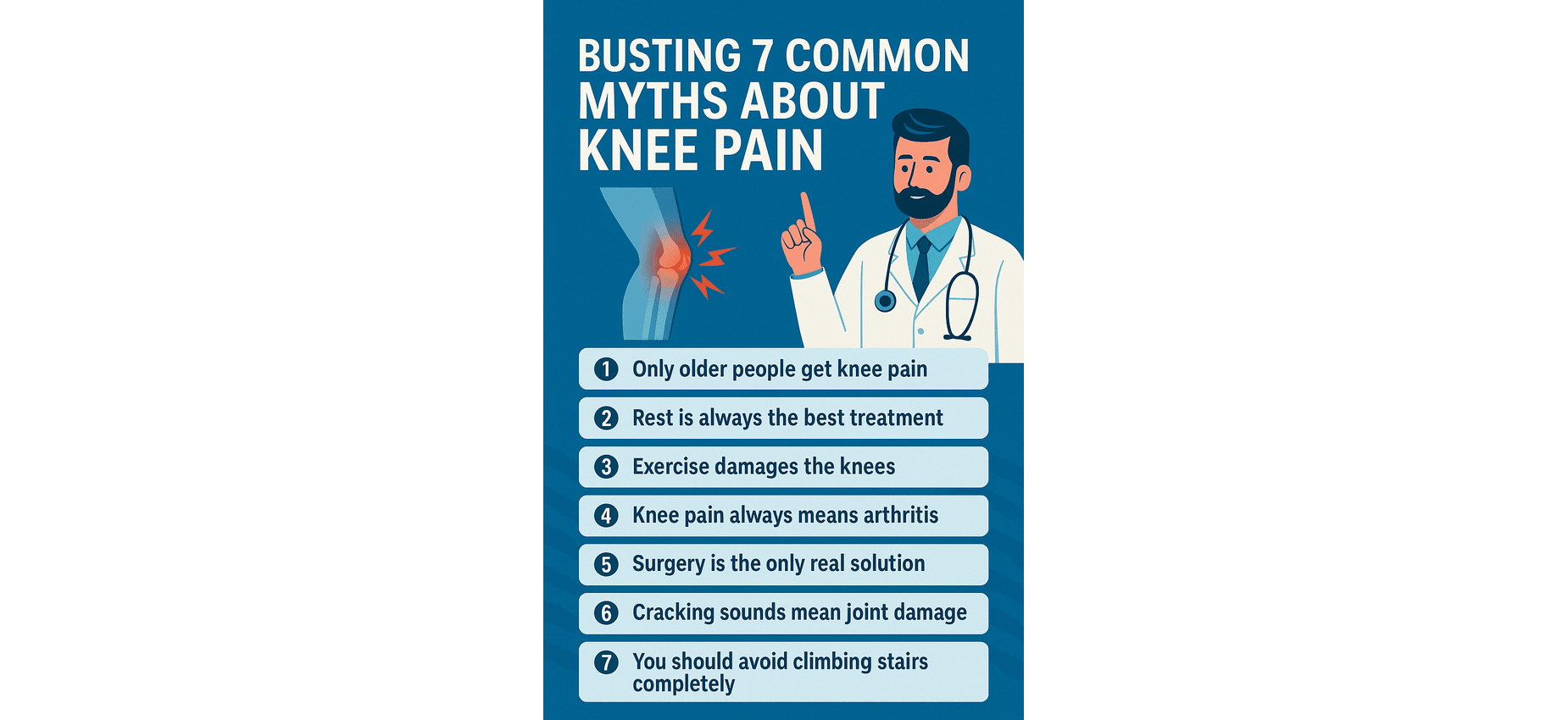Introduction
Knee pain isn’t just a daytime struggle—it often creeps into your nights, turning rest into discomfort. If you’re waking up with stiff knees or struggling to sleep because of joint pain, your sleeping posture could be making things worse.
In this blog, we’ll explore how sleep affects knee health, which positions can reduce pain, and how to optimize your bedtime routine for better joint comfort—especially if you’re over 40 or living with arthritis.
How Sleeping Posture Affects Your Knees
When you sleep, your muscles and joints should relax and recover. But poor posture can cause:
- Misalignment in your knees and hips
- Pressure on ligaments and joints
- Increased inflammation and stiffness
- Disrupted sleep, affecting healing
Worst Sleeping Positions for Knee Pain
1. Sleeping on Your Stomach
This position twists your lower back and hips, which may lead to misaligned knees. It also strains the knees if they’re hyperextended.
Why avoid it: Can worsen knee inflammation and cause additional pain in the lower back.
2. Sleeping with Knees Pressed Together
Many people who sleep on their side don’t realize their knees are rubbing or pressing against each other all night, causing joint friction.
Solution: Use a pillow between your knees to reduce pressure.
3. Curled-Up Fetal Position
Although it feels cozy, a tightly curled posture can strain joints and restrict circulation, especially if you’re already dealing with arthritis.
Best Sleeping Positions for Knee Pain Relief
1. Back Sleeping with Pillow Support
Lie flat with a pillow under your knees. This supports the natural curve of your spine and reduces pressure on your knees.
Benefits:
- Promotes spinal alignment
- Reduces swelling around the knees
- Allows joints to rest comfortably
2. Side Sleeping with Knee Pillow
If you prefer sleeping on your side, place a thick pillow or knee cushion between your legs to prevent bone-on-bone contact.
Tip: Use a body pillow for full-body alignment.
3. Elevated Leg Position
Raising your legs slightly (on a wedge pillow or stacked cushions) helps reduce swelling and improves blood flow.
Ideal for: People with arthritis, knee surgery recovery, or fluid retention.
Other Sleep Tips to Reduce Nighttime Knee Pain
Stretch Before Bed
Gentle stretches or light yoga before sleeping relax muscles and joints. Try quadriceps and hamstring stretches.
Apply Warm Compress
Heat therapy before bed can reduce stiffness. A warm pack or heating pad for 10–15 minutes may help.
Maintain a Sleep Schedule
Regular sleep patterns promote better healing. Aim for 7–8 hours of sleep each night.
Use Orthopedic Mattress & Pillow
A medium-firm mattress and orthopedic pillows can support natural alignment, reducing overall joint stress.
Avoid Caffeine or Heavy Meals Before Bed
Inflammation can worsen with poor digestion and stress. Give your body time to wind down.
Pre-Sleep Routine for Joint Health (5-Min Plan)
- 5-minute warm-up stretch – Focus on legs and hips
- Apply warm compress – 10 minutes on painful knees
- Drink turmeric milk – Natural anti-inflammatory
- Leg elevation – Use a pillow while relaxing
- Deep breathing – To calm the mind for quality sleep
Conclusion
Sleep is a vital part of your body’s healing system, and your posture plays a major role in how well your knees recover overnight. By choosing the right sleeping position, using simple supports like knee pillows, and establishing a night routine, you can dramatically reduce knee pain at night and wake up feeling more mobile and refreshed.
Try making one small change tonight—and feel the difference tomorrow!




